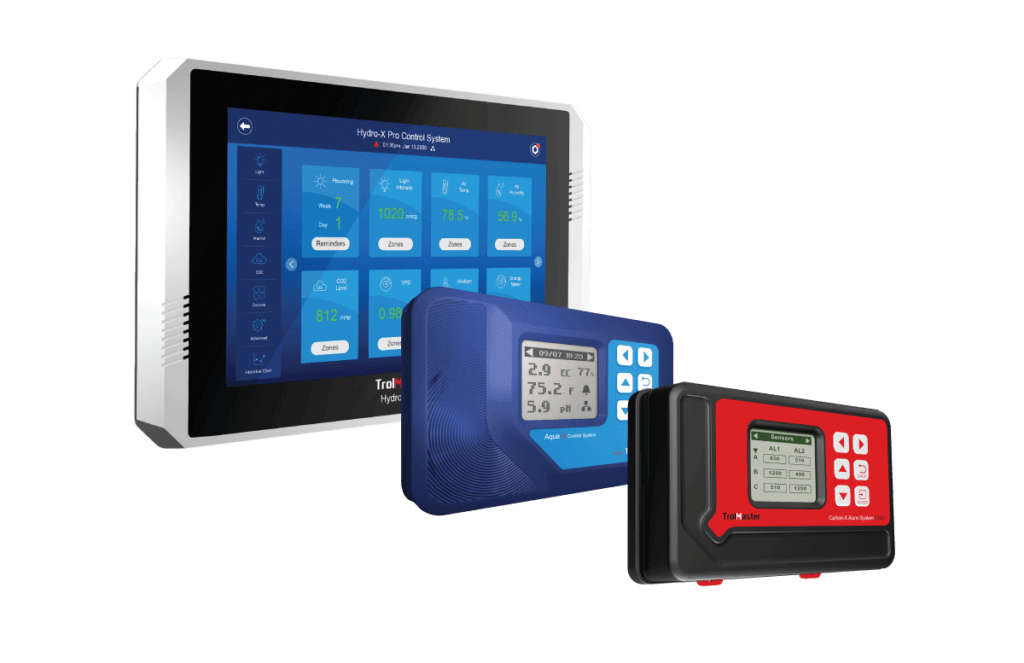Call Us: 303.993.5271
Facility Design & Equipment
for Indoor and Controlled Environment Agriculture Facilities
Commercial Growers' One-Stop-Shop for Equipment and Services in Controlled Environment Agriculture
Everything You Need To Get Growing
With over 16 years of experience in controlled environment agriculture, we can guide you in creating the cultivation facility you’ve imagined, keeping your budget in mind. Streamline the planning and buildout process, then see your yields and profits grow!
Grow Equipment
Surna provides energy and resource efficient technology solutions that allow growers to meet the unique demands of controlled agriculture environments.
Facility Design
Cultivation facility architectural design and engineering by CEA experts who take your unique goals and budget into consideration.
Support
Surna offers a variety of services from project inception to post-production maintenance and support, catered specifically to your unique needs.
Designing a controlled environment that meets your goals starts with the right partner.
The success of your indoor farm will largely depend on the decisions you make before breaking ground. Surna provides comprehensive services and equipment to suit every unique grower’s needs.

3 Easy Steps to Get Growing
Contact Us
We’ll have a brief discussion about your facility and the goals you are looking to achieve with it.
Review Your Options
We’ll clearly articulate the cultivation system options available to you to help make your decision process easier.
Receive a Solution
You’ll receive a customized solution to meet your specific goals.

Why Do Growers Choose Surna?
Don't just take our word for it. Indoor farms around the U.S. and Canada put our cultivation facility design solutions to the test every day. Discover first-hand why our customers recommend our products and services.
Stay Informed
Get Educated on Controlled Environment Agriculture.
Testimonials
With Surna products, we've seen much more stable temperature and humidity and our plants are happy with the consistency.
Steve Bundy, MFO | Aeriz
In the numerous times I have worked with the Surna team, I have always been satisfied with the quality and service I received.
Andrew Lange | Ascendant Manager
Even when project issues developed that were not Surna’s responsibility to deal with, the Surna team was more than willing to come to the table to help with resolving these issues.
Andrew Speraneo | Fager-Mcgee Commercial Construction
We’ve always recommended the Surna system for as long as we’ve had it because it’s just another thing we don’t have to worry about.
Drew Stuart | High Desert Relief
Building Your Own Grow? Here's What You Need to Know for Long Term Success.
Your success story starts in the planning phase, and taking into consideration everything from scalability, to building the right floorplans, to maximizing efficiency will determine how competitive you will be in the long run...


Contact Us
Ready to get started or learn more about how we can help your farm succeed? Fill out the form and a company representative will be in touch.